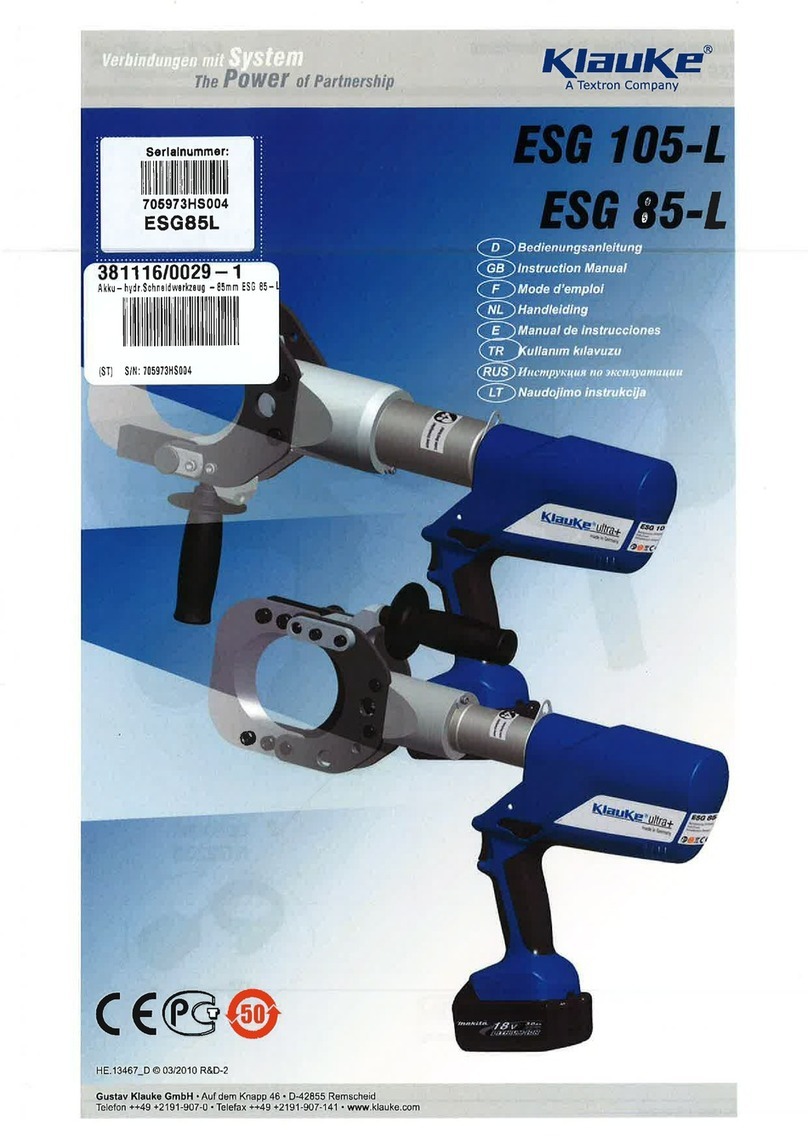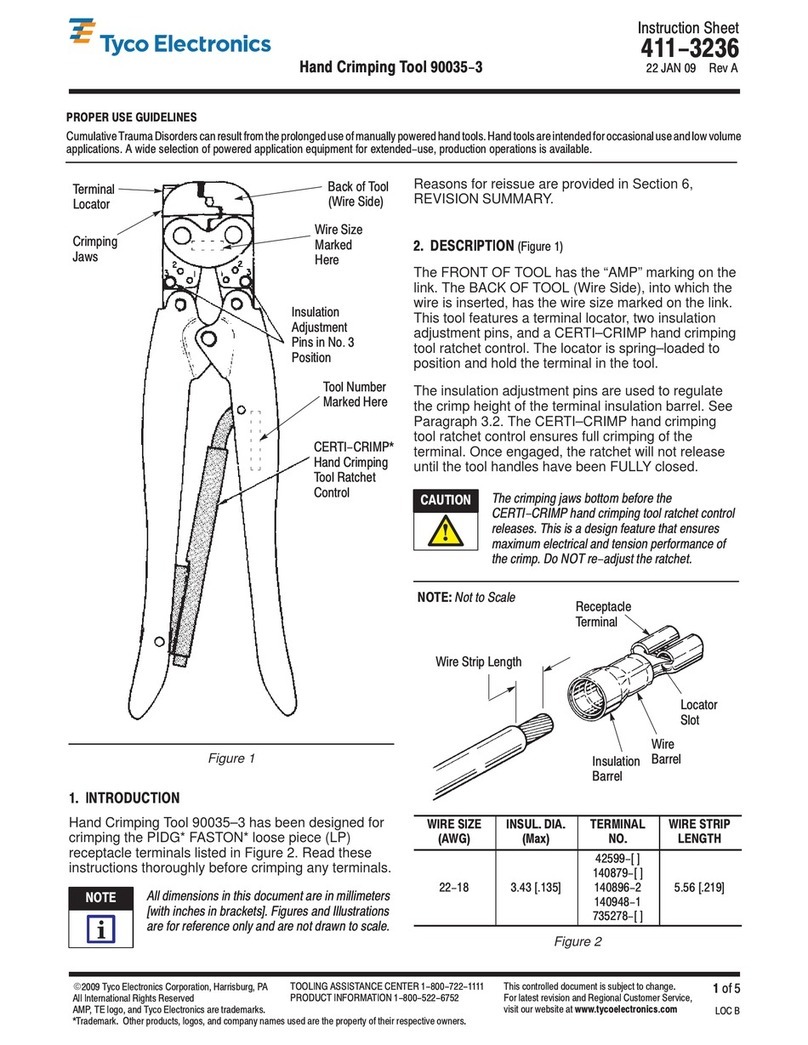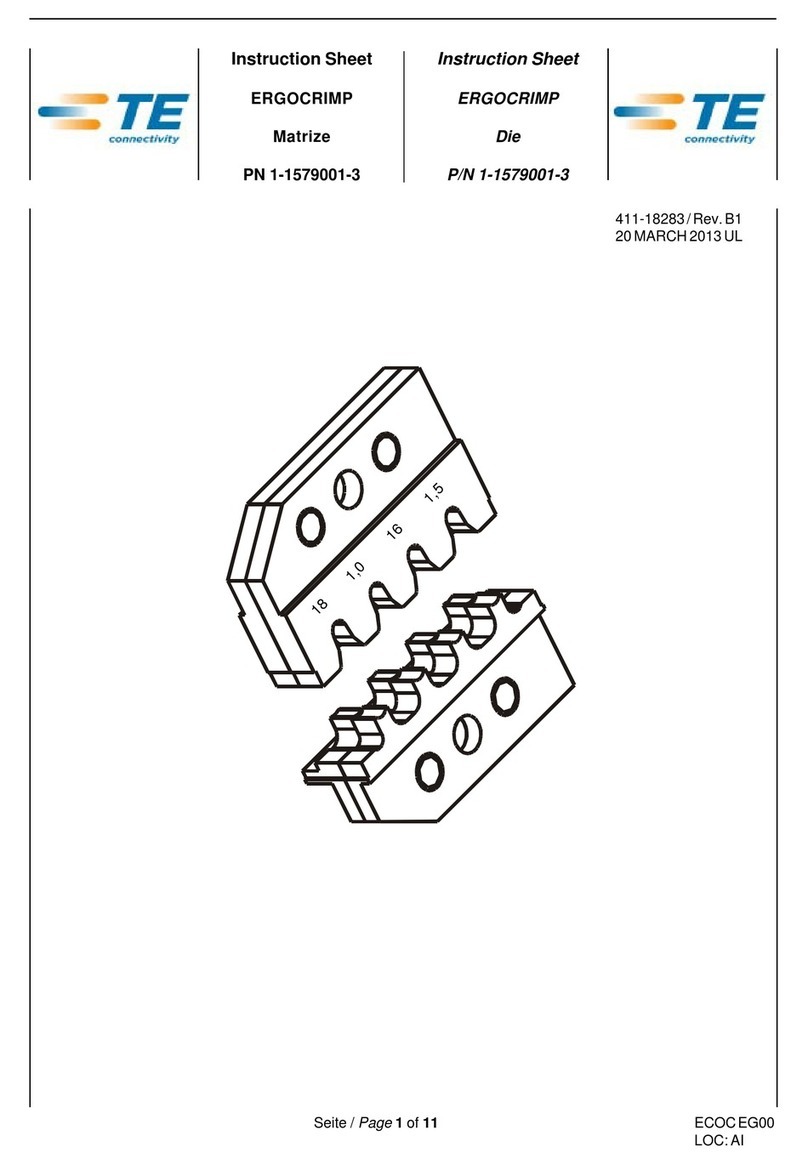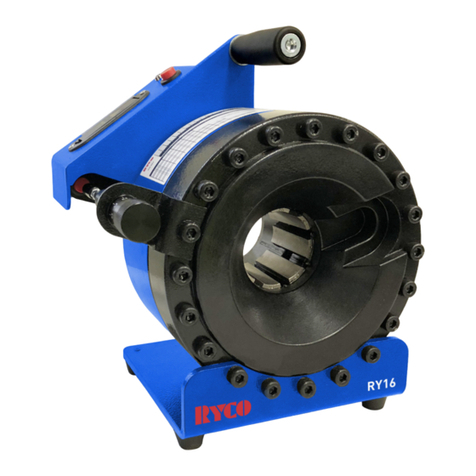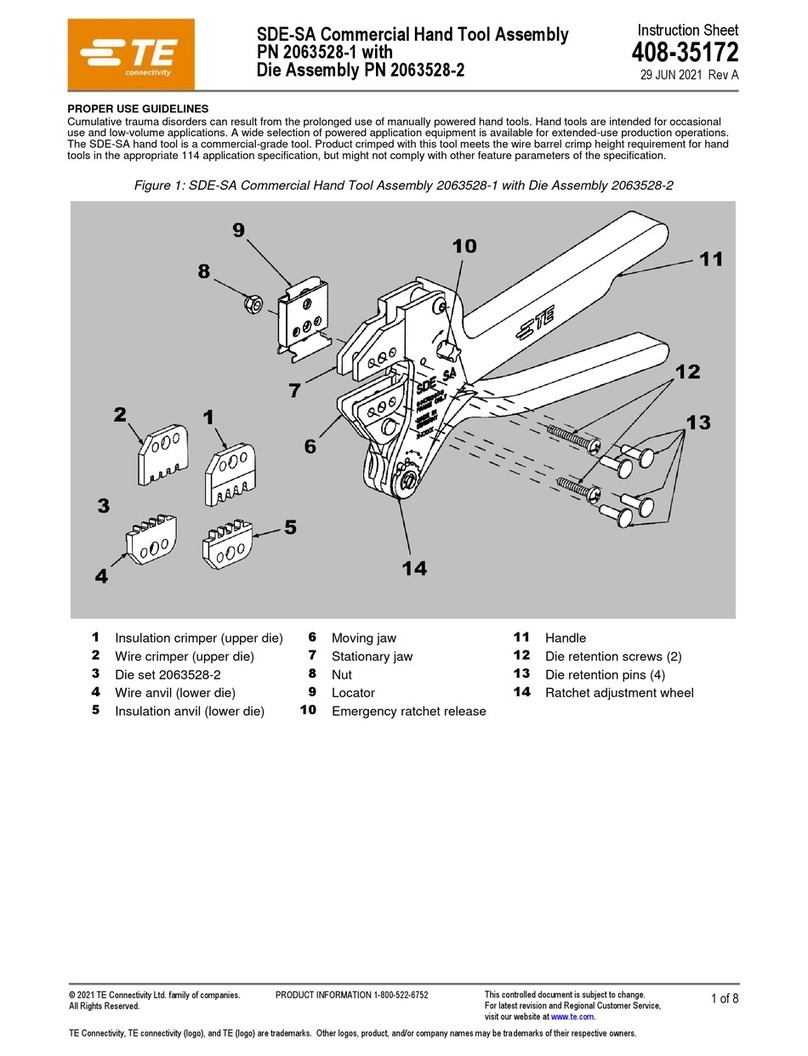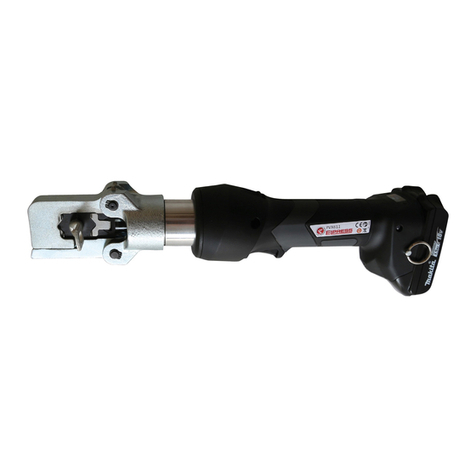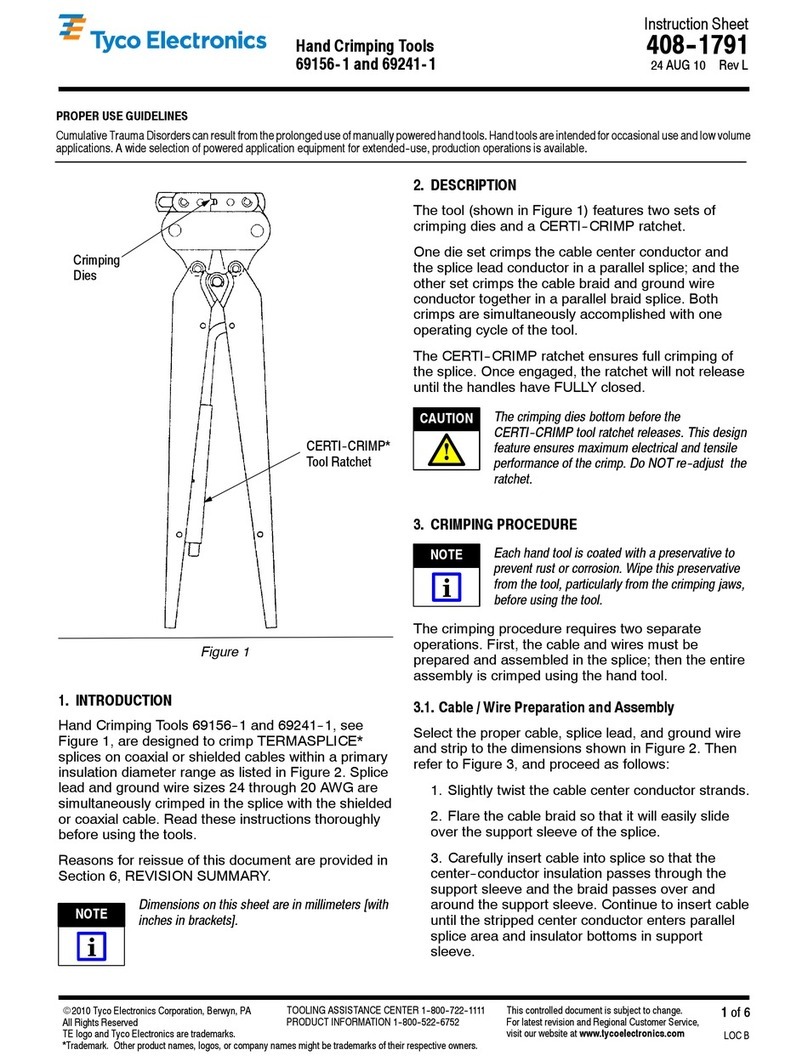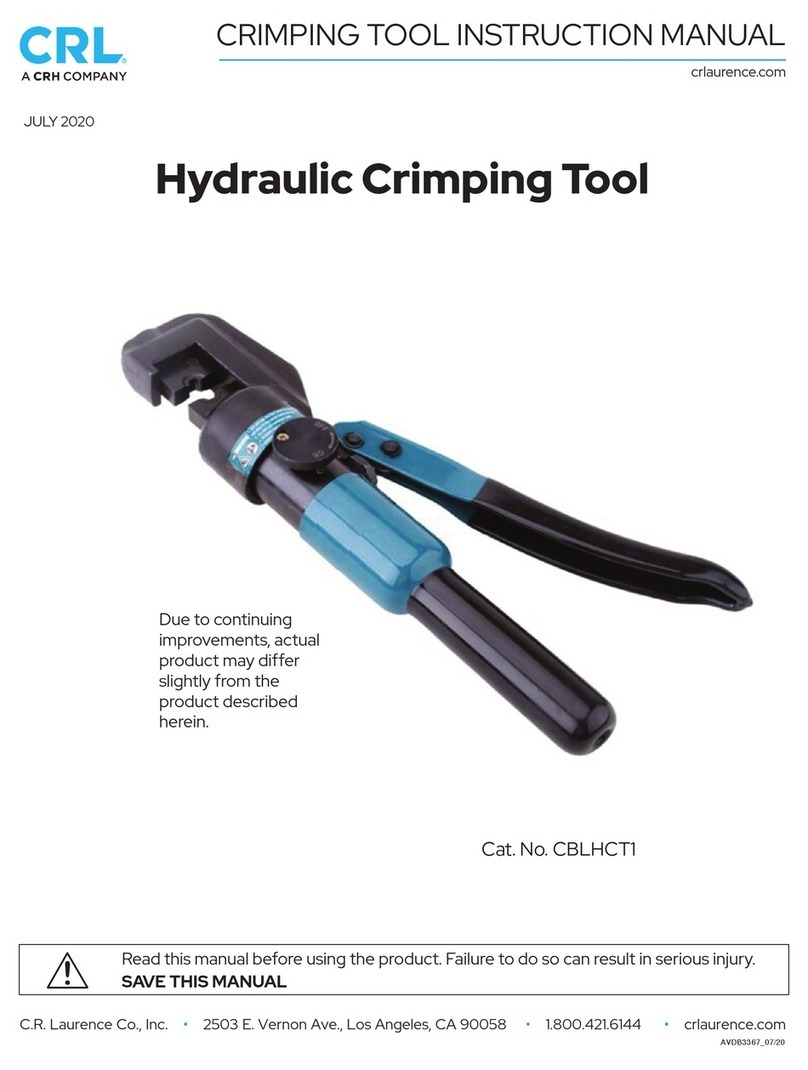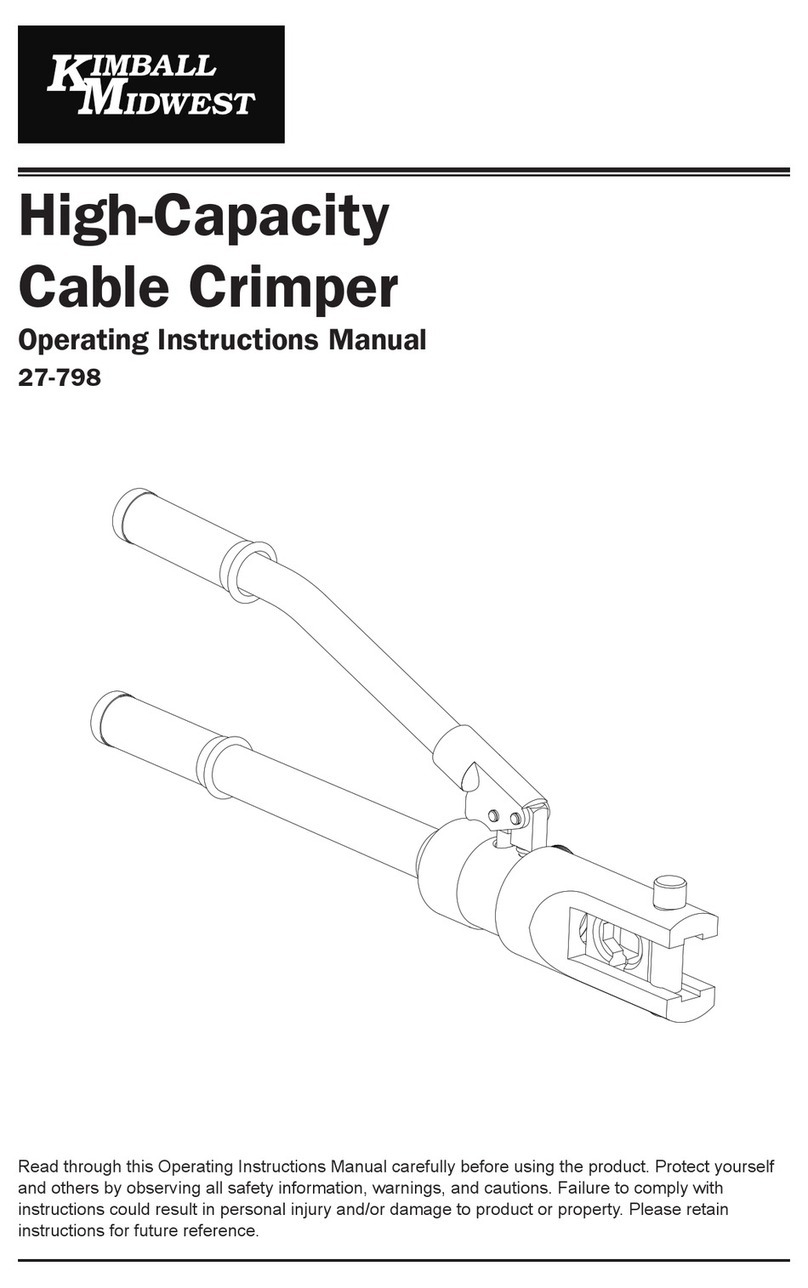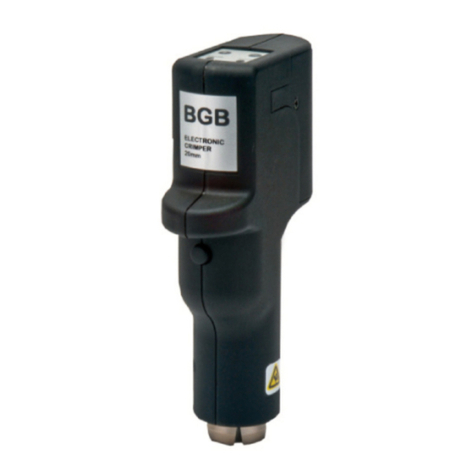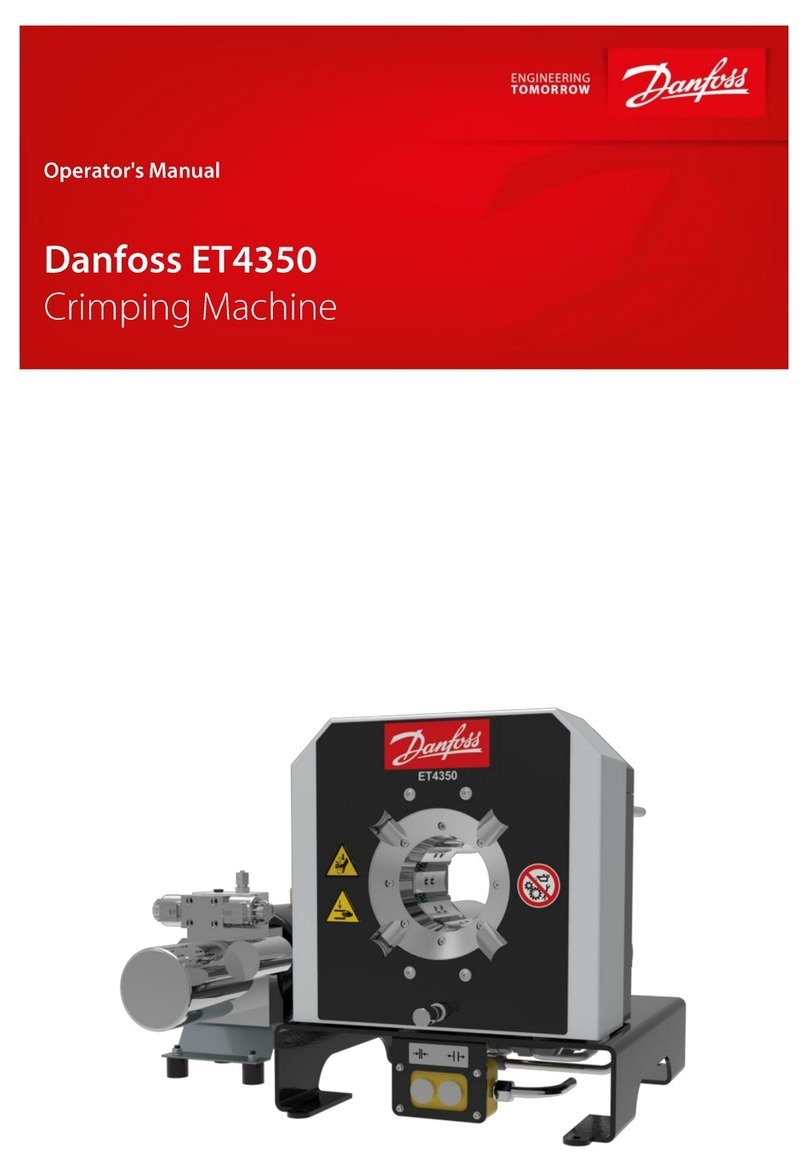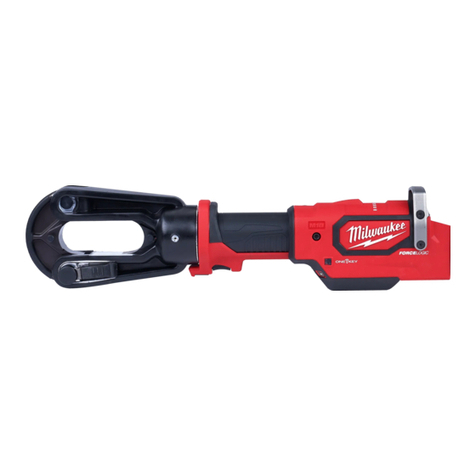
1MOBILE AND WORKSHOP SERIES OPERATION MANUALOctober 2018 | Version: v1-0
CONTENTS
GENERAL...................................................................................................................................................................2-6
HECKLIST............................................................................................................................................................................................................. 3
Pre-Delivery Checklist............................................................................................................................................................................................ 3
Pre-Commencement Inspection ............................................................................................................................................................................. 3
SAFETY............................................................................................................................................................................................................. 4-11
Restriction ............................................................................................................................................................................................................. 4
Danger Zones ........................................................................................................................................................................................................ 5
Safety Notes .......................................................................................................................................................................................................... 5
Hose Assembly...................................................................................................................................................................................................... 5
Machine Installation ............................................................................................................................................................................................... 5
Safety Instruction................................................................................................................................................................................................... 6
Battery and Oil....................................................................................................................................................................................................... 7
Oil Fill.................................................................................................................................................................................................................... 7
Running-In............................................................................................................................................................................................................. 7
Greasing................................................................................................................................................................................................................ 7
Installation of Power Supply................................................................................................................................................................................... 8
Transporting .......................................................................................................................................................................................................... 9
Base Mounting....................................................................................................................................................................................................... 9
Danger Zones and Warning Labels ..................................................................................................................................................................10-11
OPERATION............................................................................................................................................................12-17
START UP..............................................................................................................................................................................................................12
Hydraulic System..................................................................................................................................................................................................12
Functional Tests and Re-Testing...........................................................................................................................................................................12
SELECTING THE DIE SETS ......................................................................................................................................................................................13
RY20 Die Sets ......................................................................................................................................................................................................13
RY32 Die Sets ......................................................................................................................................................................................................13
MOBILE AND WORKSHOP SERIES ...........................................................................................................................................................................14
Start Up ................................................................................................................................................................................................................14
Operation..............................................................................................................................................................................................................14
Installing The Die Set............................................................................................................................................................................................14
QUICK CHANGE TOOL.............................................................................................................................................................................................15
Quick Change Tool ...............................................................................................................................................................................................15
Change of a Single Die Set ..................................................................................................................................................................................15
CONTROL IDENTIFICATION.....................................................................................................................................................................................16
Digital Control Panel .............................................................................................................................................................................................16
Crimping ..............................................................................................................................................................................................................17
SPECIFICATIONS ....................................................................................................................................................18-22
RY20C..................................................................................................................................................................................................................18
RY32C..................................................................................................................................................................................................................19
RY20CB ...............................................................................................................................................................................................................20
RY32CB ...............................................................................................................................................................................................................21
RY32CB ...............................................................................................................................................................................................................21
Calibration ............................................................................................................................................................................................................22
MAINTENANCE.......................................................................................................................................................23-24
HOW TO MAINTAIN YOUR CRIMPER.........................................................................................................................................................................23
Cleaning ...............................................................................................................................................................................................................23
Lubrication/Greasing.............................................................................................................................................................................................23
Oil Change ...........................................................................................................................................................................................................23
Master Spring Change ..........................................................................................................................................................................................23
Pressure Pipes .....................................................................................................................................................................................................23
Troubleshooting ....................................................................................................................................................................................................24
TECHNICAL ............................................................................................................................................................25-34
ELECTRICAL SCHEME ............................................................................................................................................................................................25
Electrical Components List - RY20CB/RY32CB .....................................................................................................................................................26
Electrical Components List - RY20C/RY32C..........................................................................................................................................................27
ASSEMBLY ............................................................................................................................................................................................................28
Assembly of RY20/RY32.......................................................................................................................................................................................28
Assembly of RY20CB/RY32CB .............................................................................................................................................................................29
Assembly of RY20C/RY32C ..................................................................................................................................................................................30
Master Die Misalignment Troubleshooting ........................................................................................................................................................31-34
